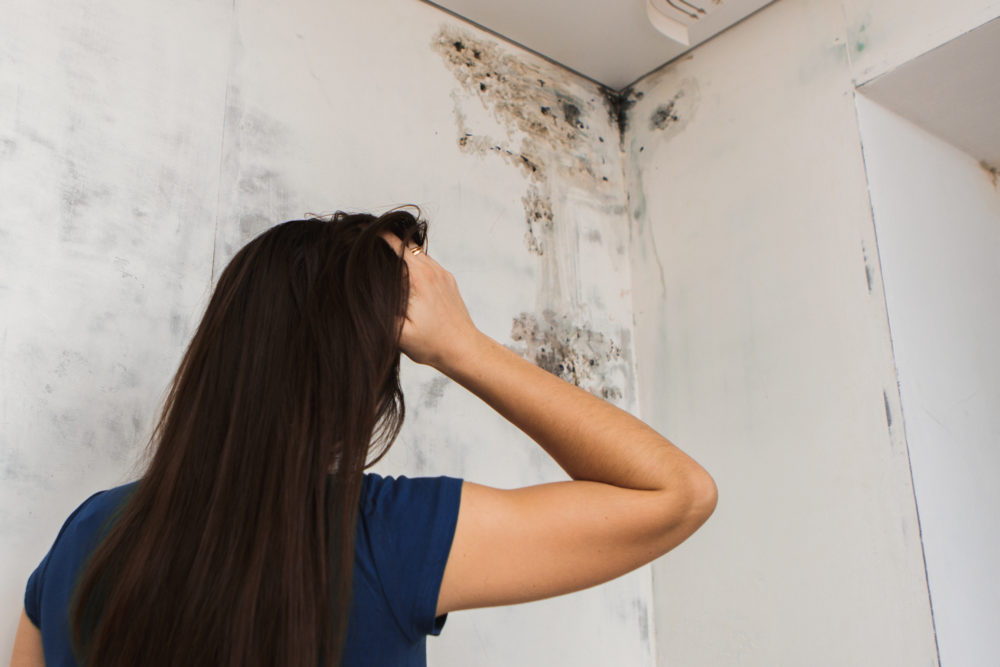Mix 1 teaspoon of white vinegar or tea tree oil with each cup of water that you need to attack your mold colony.
Does vinegar stop mold growth in attic boards.
The acid itself is mild for a human.
You can clean small amounts of mold with vinegar yourself but know when to call professionals.
Keep a spray bottle of vinegar in your shower and spray the surface every few days.
Look for the first signs of mold around ac vents in the ducts and in the drip pans.
Tea tree oil and white vinegar are both completely natural and safe for wood but.
You do not have to wash the vinegar away.
Studies show that vinegar does indeed have antifungal and antibacterial properties.
Vinegar is a bold mold killer.
It is often used in cooking and can be found in every household.
If there is a leak in the roof plumbing or windows the mold will reappear if the water is still getting into the attic.
This is due to the presence of acetic acid.
This is because bleach only kills mold spores on the surface of affected materials.
Spray vinegar and leave it to help prevent future mold growth.
Bleach and vinegar can both kill mold but vinegar is much more effective for removing mold from porous materials.
Vinegar will penetrate porous materials and kill the mold at the roots.
Condenser coils pull moisture out of the air and into drip pans and if these become clogged they create the perfect environment for mold to grow.
It contains acetic acid which has antimicrobial activity.
Yes vinegar has an active property to kill mold.
According to servicemaster restoration and cleaning the mild acid in vinegar kills about 82 of known molds and can help prevent future outbreaks.
Vinegar is a staple household cleanser and has been used as a disinfectant for thousand of years.

